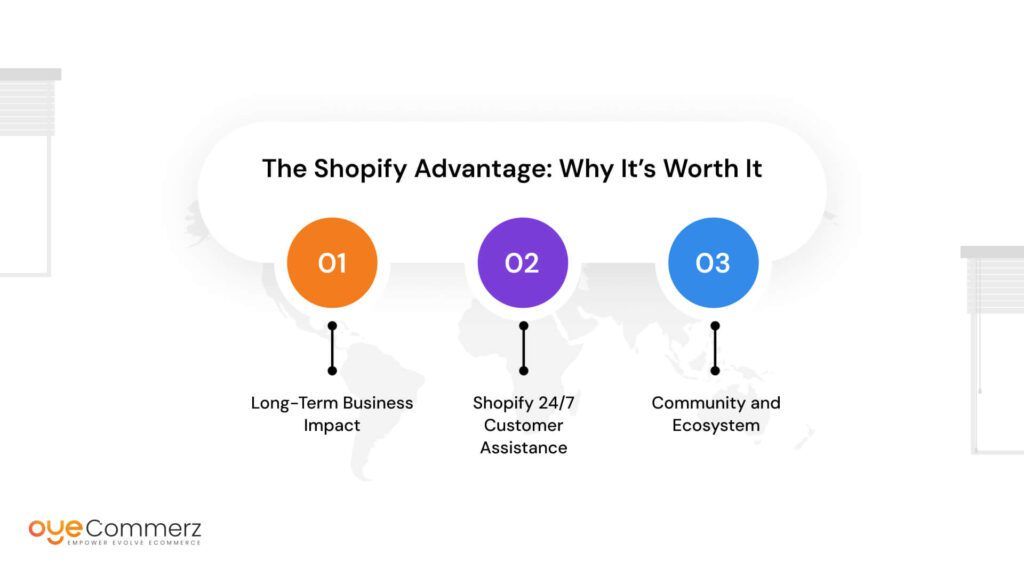In today's online landscape, selecting the right e-commerce platform is essential for business growth. If you're presently using Wix but thinking about a switch to Shopify, you are in good company. Many businesses are transitioning to Shopify to take advantage of its powerful features, expandability, and dedicated e-commerce solutions. This guide will outline the migration process, guaranteeing a smooth transition and preparing you for e-commerce success.
Why Switch from Wix to Shopify?
Before diving into the transition process, it's essential to recognize why Shopify might be a better choice for your e-commerce needs:
- Specialization: Unlike Wix, which serves various use cases, Shopify is engineered specifically for e-commerce, offering advanced features and functionalities tailored for digital commerce.
- Scalability: As your company expands, Shopify can easily handle increased traffic and transactions volume without compromising efficiency.
- Extensive App Ecosystem: Shopify provides a vast library of apps that can enhance your store's functionality, from advertising solutions to inventory management options.
- SEO Capabilities: Shopify offers superior SEO options, which can assist in boosting your store’s visibility on Google and others.
- Transaction Methods: With numerous payment gateways supported, including Shopify Payments, you can offer customers a wide range of options.
Preparing for Transition
To guarantee a smooth migration from Wix to Shopify, adhere to these preparatory steps:
1. Save Your Information
Download all your data from Wix, including product details, user data, and order history. This step is crucial as it guarantees you have a backup of everything before starting the transfer.
2. Select a Pricing Option
Evaluate the different Shopify subscriptions offered and choose one that best suits your company’s requirements. Take into account factors such as transaction fees, features included, and growth potential.
3. Set Up Your Shopify Account
Create your Shopify account and explore the platform’s interface and tools.
The Migration Process
Now that you're prepared, it’s time to transfer your store from Wix to Shopify. Here’s how:
1. Transfer Items
Utilize Shopify's integrated migration utility or third-party migration apps like Cart2Cart or LitExtension to transfer your products from Wix to Shopify.
Make sure that item details, pictures, costs, and variants are correctly imported.
2. Transfer Customer Data
Import customer information such as names and email addresses into your new Shopify store. This step is vital for maintaining customer relationships and marketing efforts.
3. Configure Transactions
Set up transaction methods in your Shopify store to guarantee seamless payments. You Wix to Shopify can select from multiple platforms like debit methods, PayPal, and more.
4. Personalize Your Store Design
Select a design that reflects your business image. Customize it using Shopify's design tools to create an attractive and user-friendly shopping experience.
5. SEO Optimization
Apply SEO strategies during the transition process:
- Configure 301 redirects from old Wix URLs to new Shopify URLs.
- Enhance item names, details, and photos with relevant keywords.
- Update meta tags and alt texts for improved search engine visibility.
Post-Migration Steps
Once your store is live on Shopify, follow these follow-up steps:
1. Check Your Website
Perform comprehensive testing of your new store:
- Verify item listings for accuracy.
- Test payment processes.
- Ensure all links work correctly.
2. Promote Your Store
Broadcast your new store launch through email newsletters and social platforms.
Think about offering promotions or discounts to attract customers.
3. Track Your Progress
Use analytics tools within Shopify to monitor revenue growth and user activity. Shopify tools
Modify your strategies based on performance analytics.
Conclusion
Migrating from Wix to Shopify can significantly improve your e-commerce potential and lay the foundation for growth and achievement. By following this manual and taking a step-by-step approach to the migration process, you can ensure a smooth transition that minimizes downtime and maximizes opportunities for sales. Welcome the change and see your online business thrive on its new platform!
